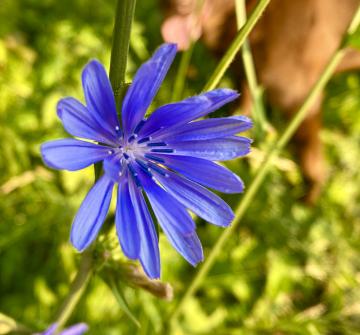Plant Lore: Sourwood
Sourwood does not stand out in the forest except this time of year when it is in bloom, and perhaps in the fall when it displays brilliant red colors.
Sourwood (Oxydendrum arboreum) is locally called "sorrel” and is common in our area. It tends to be a small understory tree growing under larger tree canopies. The bark is a gray-brown color and has a blocky appearance when mature. The leaves are lance shaped, thin, and finely toothed along the edge. If you chew one, you'll get a sour taste. In late June/early July the tree produces lovely sprays of small, white, urn shaped flowers that form in clusters that look like Lily-of-the-Valley. The flower nectar is very attractive to honeybees.
- Read more about Plant Lore: Sourwood
- 1 comment
- Log in to post comments









